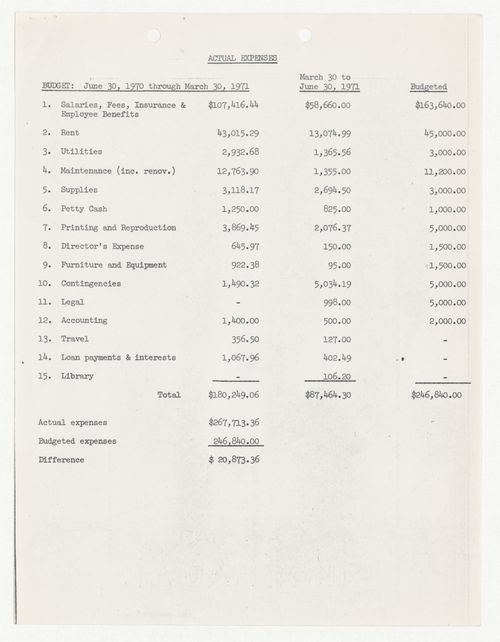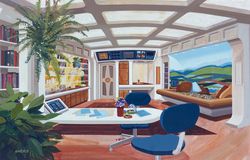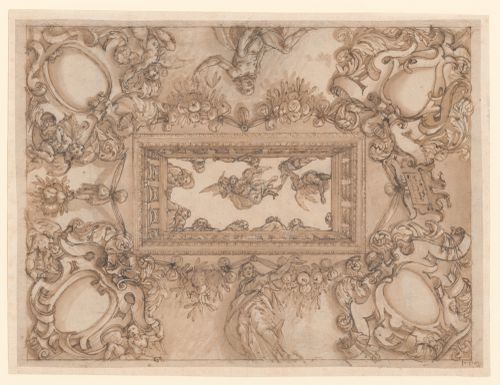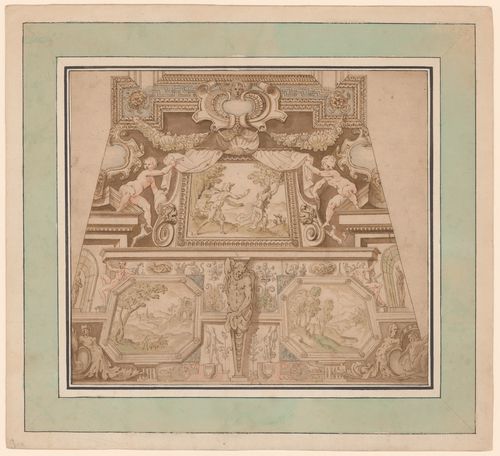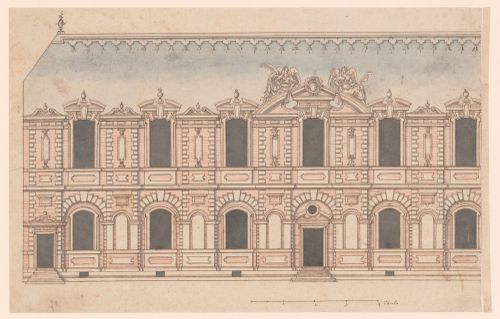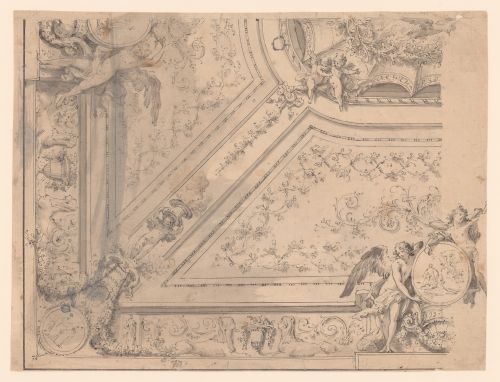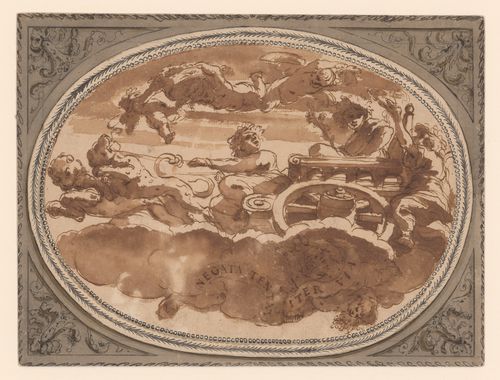ARCH401437
1971
textual records
ARCH257091
Description:
1 file - "Proposal New Massey Hall, Report on Field Research and Investigations" (Mathers & Haldenby, Architects and Planners, 1970), pre-design notes, sketch
circa 1947-2002
"Proposal New Massey Hall, Report on Field Research and Investigations" (Mathers & Haldenby, Architects and Planners, 1970), pre-design notes, sketch
Actions:
ARCH257091
Description:
1 file - "Proposal New Massey Hall, Report on Field Research and Investigations" (Mathers & Haldenby, Architects and Planners, 1970), pre-design notes, sketch
textual records
circa 1947-2002
YouTube and Instagram
23 June 2020 to 25 June 2020
YouTube and Instagram
textual records
ARCH267862
Description:
This group consists of correspondence with the administration of the Grand Théâtre and related documents concerning the Grand Théâtre de Québec in Québec City, Québec.
1970-1971
6406 1.1.b. / M. Ulric Breton, administrateur du G.T.Q. / Correspondance 1970-71 / M. Guy Beaulne, J.-M. Poitras, Yvon Sanche
Actions:
ARCH267862
Description:
This group consists of correspondence with the administration of the Grand Théâtre and related documents concerning the Grand Théâtre de Québec in Québec City, Québec.
textual records
1970-1971
DR1970:0004
Description:
Aceiling with elaborate escutcheons at each corner; putti surrounding two ofthem; an illusionistic b
interior design
ca. 1575-1600
Design for a quadratura ceiling
Actions:
DR1970:0004
Description:
Aceiling with elaborate escutcheons at each corner; putti surrounding two ofthem; an illusionistic b
interior design
DR1970:0007
ca. 1700
Elevation of a palace façade
DR1970:0003
Description:
This drawing shows an exterior of a residential building. The artist uses color to suggest the materials used in construction; blue-grey for the pitched slate roof, brown for masonry details and architectural sculpture, and red striations for brickwork. This combination of materials was common in early modern France, where a play on color and materiality enlivened the façades of well-known royal edifices including the chateaux of Fontainebleau and Saint-Germain-en-Laye. As with the construction technique that interwove stone with brick, the architectural style depicted in the drawing combines traditional French ideas about building with classicizing elements imported to France via Italian artists and architects as well as through printed translations of Vitruvius’s 'De architectura' and Sebastiano Serlio’s architectural treatise. The inclusion of masonry rustication and the decorative urns that punctuate the roofline suggest a knowledge of classicizing trends in architectural ornament and a familiarity with the œuvre of artists working in the circle of the first and second Écoles de Fontainebleau. The structure’s elongated form suggests a gallery and the organization of the façade borrows the combination of slightly protruding vertical bays and long horizontal registers that characterizes Pierre Lescot’s wing of the Louvre, a project that would have been well-known in court circles in the latter half of the sixteenth century. Similarly, the two winged allegorical figures flanking the central pediment are reminiscent of Jean Goujon’s sculptural additions to the Lescot wing. In the Canadian Centre for Architecture’s drawing both figures hold palms, but the artist omitted any further identifying attributes, perhaps – along with the empty niches – as an invitation for the patron to imagine his or her own thematic program for the project.
first quarter of the 16th century
Elevation of a palace façade
Actions:
DR1970:0003
Description:
This drawing shows an exterior of a residential building. The artist uses color to suggest the materials used in construction; blue-grey for the pitched slate roof, brown for masonry details and architectural sculpture, and red striations for brickwork. This combination of materials was common in early modern France, where a play on color and materiality enlivened the façades of well-known royal edifices including the chateaux of Fontainebleau and Saint-Germain-en-Laye. As with the construction technique that interwove stone with brick, the architectural style depicted in the drawing combines traditional French ideas about building with classicizing elements imported to France via Italian artists and architects as well as through printed translations of Vitruvius’s 'De architectura' and Sebastiano Serlio’s architectural treatise. The inclusion of masonry rustication and the decorative urns that punctuate the roofline suggest a knowledge of classicizing trends in architectural ornament and a familiarity with the œuvre of artists working in the circle of the first and second Écoles de Fontainebleau. The structure’s elongated form suggests a gallery and the organization of the façade borrows the combination of slightly protruding vertical bays and long horizontal registers that characterizes Pierre Lescot’s wing of the Louvre, a project that would have been well-known in court circles in the latter half of the sixteenth century. Similarly, the two winged allegorical figures flanking the central pediment are reminiscent of Jean Goujon’s sculptural additions to the Lescot wing. In the Canadian Centre for Architecture’s drawing both figures hold palms, but the artist omitted any further identifying attributes, perhaps – along with the empty niches – as an invitation for the patron to imagine his or her own thematic program for the project.
DR1970:0013
18th century
DR1970:0021
17th century
drawings
drawings
17th century
